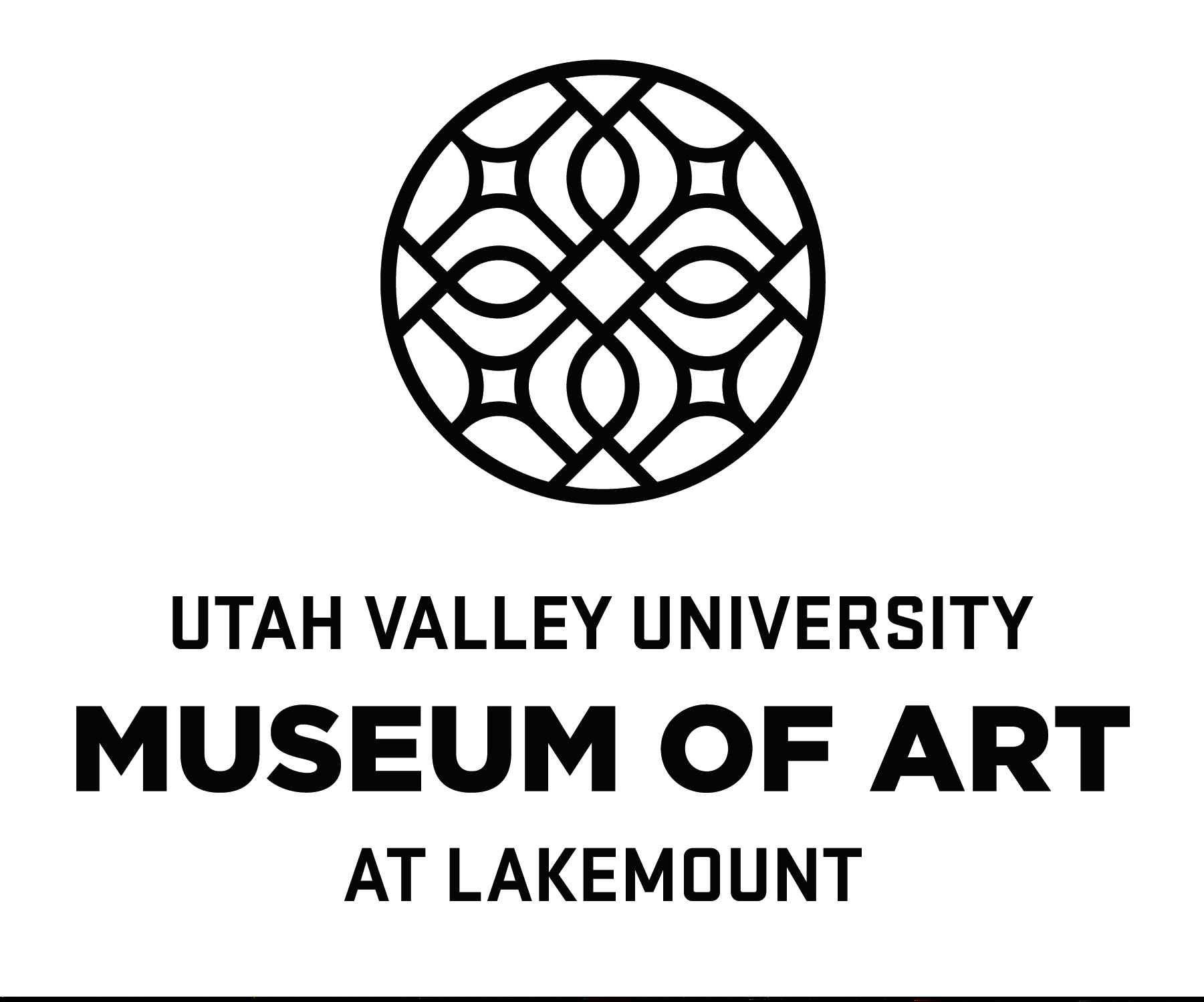UVU art student Paige Perkins is our highlighted artist this week. In her photograph Not Dark Yet, a patch of light falls on a face otherwise hidden in shadow, illuminating one eye. The image gently evokes a feeling, perhaps fascination or childlike wonder. You can view Paige’s piece online as part of the Student Art Exhibition. We encourage you to explore the work of other artists as well. Artists known for capturing subtle emotions with light include Peter Gróf, a contemporary photographer, and Rembrandt van Rijn, a Dutch painter from the 1600s.
Not Dark Yet, Paige Perkins, from the 2022 Student Art Exhibition
This project asks you to think about darkness in two ways. First, it asks you to think about how you, as an artist, can bring to light subtle or hidden emotions in your work. Second, it asks you to literally make art in the dark (by closing your eyes) and discover your work when you open them.
Materials:
● Sketchbook
● Pencil and eraser
● Any medium of your choice (paint, crayons, ink, pencil, etc.)
● White paper, white cardstock, or your art journal
● Sketchbook
● Pencil and eraser
● Any medium of your choice (paint, crayons, ink, pencil, etc.)
● White paper, white cardstock, or your art journal
Directions:
● Start by choosing an emotion to communicate in your artwork. Then, think of a story or memory that you associate with that memory.
● Write notes about the emotion you chose and the associated story or memory your sketchbook. Develop your ideas about how to show the emotion visually—but this time you don’t need to make practice sketches.
● Take your white paper, white cardstock, or art journal and set it on the table in front of you. Next, grab a pencil.
● Close your eyes and picture the image you planned in your sketchbook. Imagine what it will feel like when you start to draw.
● Keeping your eyes closed, draw what you see in your mind’s eye.
● When you are done drawing, open your eyes! Look at the image you drew. It will probably be different from what you imagined, but you will still have created lines and shapes that are interesting to explore.
● Next, prepare the medium that you chose (watercolor, marker, paint, crayon, etc.)
● and place it on the table where you can easily reach it.
● Once again, picture your image in your mind’s eye. Close your eyes and apply your medium directly over your pencil drawing. No peeking!
● When you feel you have completed your work, open your eyes.
Questions to ask yourself:
● How did you feel when “seeing” with your eyes closed?
● What emotion does your artwork communicate? Does it capture the emotion you chose, or another feeling?
● Start by choosing an emotion to communicate in your artwork. Then, think of a story or memory that you associate with that memory.
● Write notes about the emotion you chose and the associated story or memory your sketchbook. Develop your ideas about how to show the emotion visually—but this time you don’t need to make practice sketches.
● Take your white paper, white cardstock, or art journal and set it on the table in front of you. Next, grab a pencil.
● Close your eyes and picture the image you planned in your sketchbook. Imagine what it will feel like when you start to draw.
● Keeping your eyes closed, draw what you see in your mind’s eye.
● When you are done drawing, open your eyes! Look at the image you drew. It will probably be different from what you imagined, but you will still have created lines and shapes that are interesting to explore.
● Next, prepare the medium that you chose (watercolor, marker, paint, crayon, etc.)
● and place it on the table where you can easily reach it.
● Once again, picture your image in your mind’s eye. Close your eyes and apply your medium directly over your pencil drawing. No peeking!
● When you feel you have completed your work, open your eyes.
Questions to ask yourself:
● How did you feel when “seeing” with your eyes closed?
● What emotion does your artwork communicate? Does it capture the emotion you chose, or another feeling?
This technique is formally known as “blind” drawing. Art students and artists use it for many reasons, including improving the connection between their eyes and their hands. It can also help you break away from the expectation to make your artwork look “right” and see things differently. It’s a great technique to bring more creativity to your practice, so try using it as a warmup exercise or when you feel stuck.
Feel inspired, be creative, and have fun!
